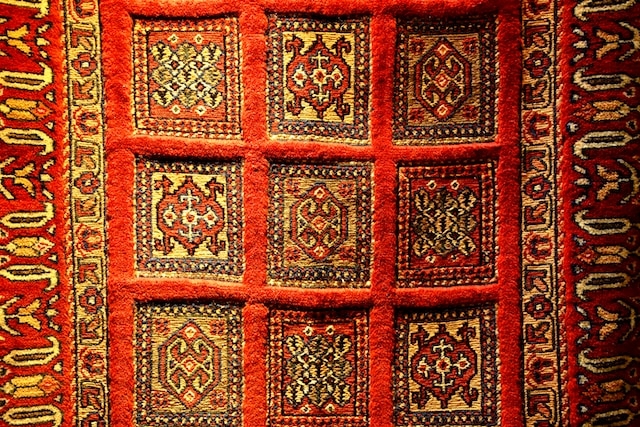how do i prove my native american heritage
Historical significance and cultural importance of these rugs
Proving Native American heritage can be arduous. With limited historical records and documentation, tracing one's lineage back to their indigenous roots becomes challenging. Many factors contribute to the difficulty of establishing Native American ancestry.
Firstly, the lack of comprehensive genealogical records poses a significant obstacle. Native American tribes often relied on oral history rather than written records. This reliance on storytelling as a means of passing down ancestral knowledge made it difficult to maintain detailed family trees and trace specific lineages accurately.
Moreover, the forced assimilation policies pursued by European colonizers further complicate proving Native American heritage. These policies aimed to erase indigenous culture and identity, resulting in disrupted communities and fragmented familial connections. The loss of traditional practices, languages, and spiritual beliefs makes it harder for individuals to establish their tribal affiliation convincingly.
Additionally, inaccurate government census data hinder the verification process. Historical inaccuracies in population counts or misclassification of indigenous peoples have clouded official records. This discrepancy creates confusion when attempting to gather evidence for proving Native American ancestry.
Furthermore, intermarriage with non-Native Americans throughout generations adds another layer of complexity. As families blend over time, maintaining distinct tribal identities may become diluted or obscured altogether. This mixing of bloodlines can make it challenging to pinpoint specific tribal affiliations precisely.
Lastly, legal barriers imposed by tribal nations themselves pose yet another challenge in proving Native American heritage conclusively. Tribal governments hold sovereignty over determining membership criteria within their communities, which may require meeting specific eligibility requirements such as a certain percentage of documented native bloodline or fulfilling cultural participation criteria.
In conclusion, proving one's Native American heritage presents numerous challenges due to limited historical records, forced assimilation policies, flawed census data, intermarriage complexities, and legal barriers established by tribal nations themselves. Despite these hurdles, various resources like ancestral databases and DNA testing services are available today that can aid individuals in discovering their indigenous roots more confidently; however, it remains a complex and multifaceted process.
